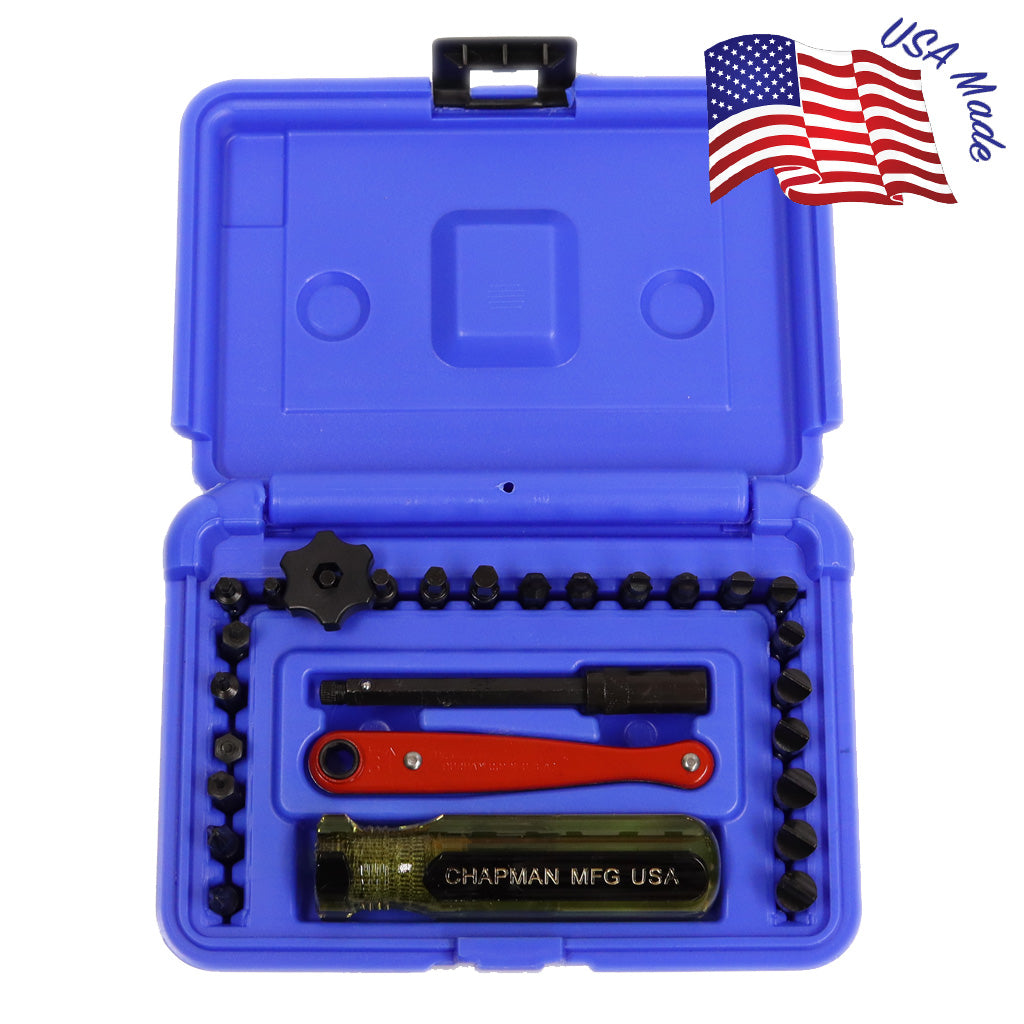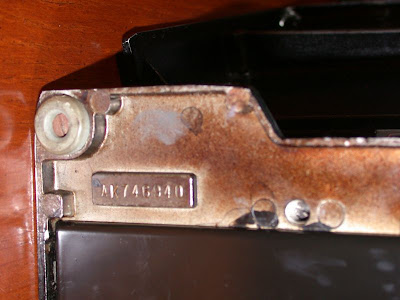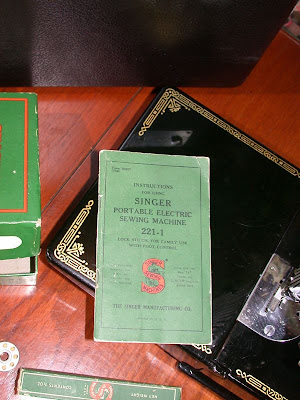••• SOLD •••
Vintage Singer 99-31 Sewing Machine
Very Clean - Serviced
Circa 1955
Made In USA
$599.00
Here is a little Singer 99-31 that I refurbished in 2012. It was fairly dirty and ran slow. It was missing the manual, grease, oil, and needles (replaced them with vintage originals found here and there). It did come with the box of accessories. The wiring was cut in a few places so I rewired from the motor to the wall plug. The case had some stains that I never could remove.
I oiled and greased the machine with Tri-Flo and polished and waxed the painted surfaces. It now runs like a top... even the bobbin winder works flawlessly. It turned out to be a little beauty.
I learned a lot from the little machine, so decided to purchase a Singer 221 Featherweight.
I've since sold the 99-31.
I hope you enjoy the photos.
Michael
SOLD January 2013
























































